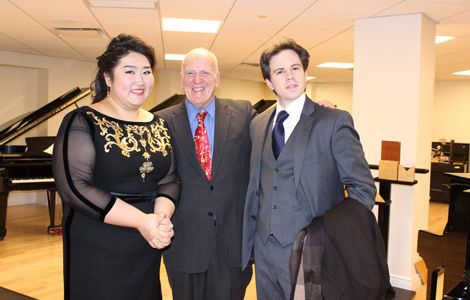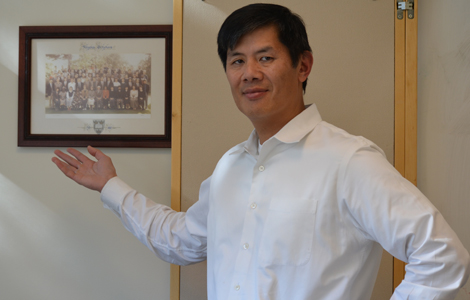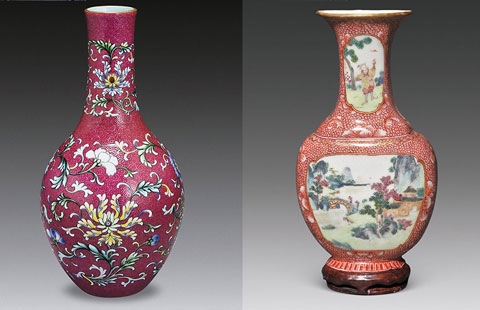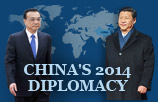Innovation tops academy reform
Updated: 2014-06-13 08:39
(China Daily)
|
|||||||||
At a recent meeting of academicians from the Chinese Academy of Sciences and Chinese Academy of Engineering, President Xi Jinping emphasized that innovation should be the main direction for China's science and technology research.
To make innovation the main driving force for growth, China should remove the institutional barriers, said a commentary in the 21st Century Business Herald. Innovation is the only way for China to achieve the transformation from "Made in China" to "Designed in China".
The economic competition between big powers is essentially the competition between their innovation capabilities.
The Chinese economy has reached a stage in its restructuring where the internal and external factors confronting it are similar to those in Japan in the early 1990s.
Japan's recession and stagnation since the 1990s indicate the importance of keeping abreast with the advancement of the cutting-edge technologies.
China not only needs to upgrade its industrial structure, it should also try its best to catch up with the new technological revolution.
Chinese people do not lack the innovative spirit or thinking, as is proved by the success of a number of prominent American-Chinese scientists in the United States.
The problem is China does not have an efficient system that encourages innovation and the transformation from knowledge to productivity.
China is yet to improve its protection of intellectual property rights. That's why enterprises are reluctant to increase their input in research and development.
Unlike developed countries, the government remains the main sponsor for key research in China. Private capital needs more channels to support innovation.
It is a meaningful and timely decision that the central government made earlier this month that China will establish special courts for IPR protection and encourage private capital to fund more initiatives for innovation.
President Xi again vowed to accelerate reform of the two academies, so the most suitable people are chosen for positions and become crucial contributors to the nation's innovation-driven growth, rather than titleholders being linked more to privilege and the monopoly of government research funds.
China's pursuit of innovation is actually a race against time, and the government, academies, universities, judicial authorities, enterprises and social organizations all have their roles to play in creating an environment that encourages innovative thinking and allows the participants to enjoy the fruits of their creation.

 Music at her fingers
Music at her fingers
 Across America Over the Week (Jan 16 - Jan 22)
Across America Over the Week (Jan 16 - Jan 22)
 Spend Chinese New Year in style
Spend Chinese New Year in style
 Ili river valley becomes a popular destination for swans
Ili river valley becomes a popular destination for swans
 Philip Ma: from scientist to businessman
Philip Ma: from scientist to businessman
 Birmingham's Spotlight on China dinner
Birmingham's Spotlight on China dinner
 How to distinguish doucai, wucai, Famille-rose and enamel porcelain
How to distinguish doucai, wucai, Famille-rose and enamel porcelain
 Xinjiang lake in bumper fishing season
Xinjiang lake in bumper fishing season
Most Viewed
Editor's Picks

|

|

|

|

|

|
Today's Top News
Houston's SW Chinatown
China to focus on reforms, opening of capital market
Slowdown brings new risks to banks
Trade group calls for BIT
Market status for China is 'political' issue
Birmingham's Spotlight on China dinner
Bank takes renminbi-clearing seriously
Traditional Garb
US Weekly

|

|








